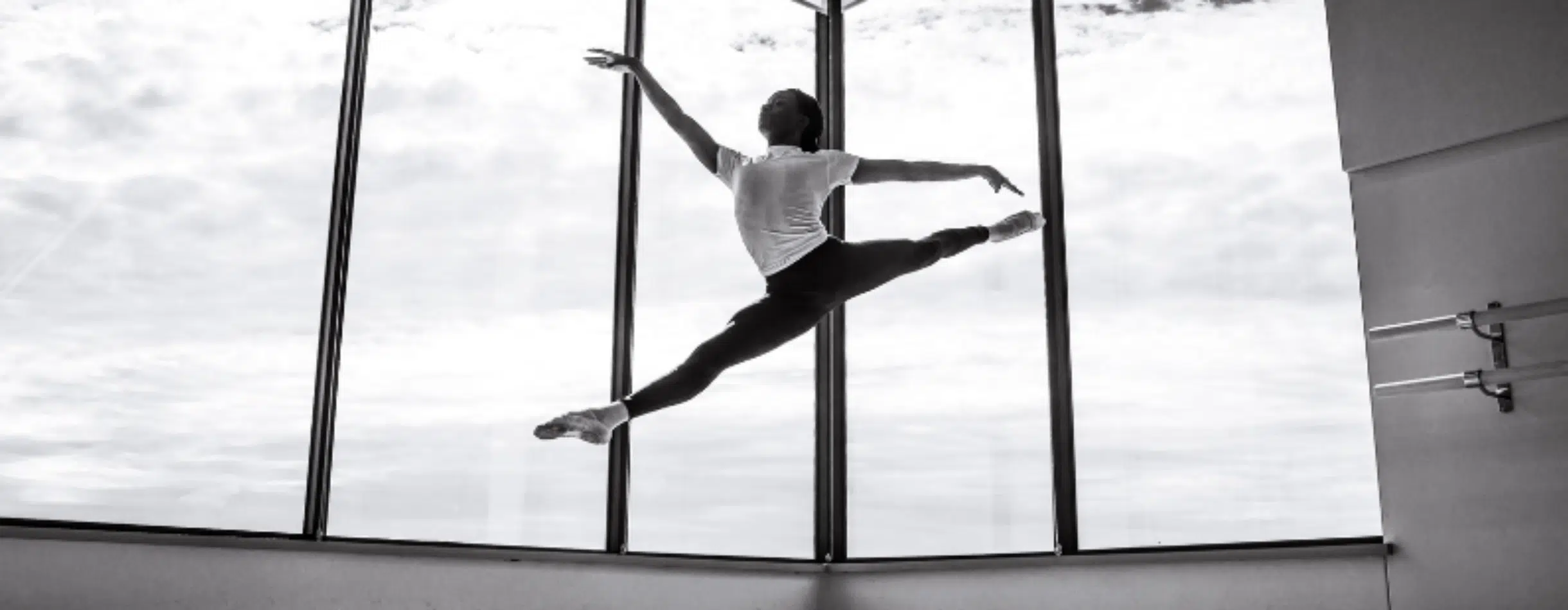Key Challenges Facing Arts And Culture Nonprofits, And How A Texas Ballet Overcomes Them


Full Platform Overview Chat With Us



Full Platform Overview Chat With Us




The Met. The Smithsonian. MOMA. When most of us think of arts and culture nonprofits, the biggest names come easily to mind. Beneath the spotlight, mid-size nonprofits like Ballet Lubbock offer valuable lessons in resilience and overcoming adversity.
Arts and culture nonprofits face distinctive challenges in the nonprofit sector. They provide intangible benefits that are difficult to quantify, making it harder to demonstrate the immediate impact of donations. Unlike other nonprofits with tangible outcomes like meals served or shelter provided, cultural organizations often deal with abstract impacts, such as promoting creativity or preserving cultural heritage—a dilemma known as “subjective value.”
Long project cycles can deter donors who seek immediate results from their contributions. Building and maintaining an audience or patron base, essential for arts and culture nonprofits, requires continuous and resource-intensive marketing and outreach efforts.
To gain deeper insights into how arts and culture nonprofits can surmount these obstacles, we spoke with Nick Dragga, CFRE, Executive Director of Ballet Lubbock for over a decade.
Ballet Lubbock was founded in 1969 with a mission to change lives by making life-long investments in their dancers, the community, and the arts. They offer tailored instruction to fit any age group, skill level, and style. Despite their challenges, Ballet Lubbock has become an integral part of Lubbock’s cultural landscape.
During the recent COVID-19 pandemic, the Ballet Lubbock team not only weathered the storm—they thrived. They successfully closed major and minor capital campaigns, $6 million and $550,000, respectively—the first campaigns in Nick’s career! Donors and event participants even told Nick that they missed the sense of community made possible by the Ballet’s performances—quite a tangible return on investment.
Merce Cunningham, a pioneer of modern dance, once said, “The most essential thing in dance discipline is devotion.” Nick’s devotion to Ballet Lubbock is evident in its remarkable growth, from a $550,000 organizational budget in 2011 to today’s $2.5 million budget, soon to reach $2.8 million. To tackle challenges faced specifically by arts and culture nonprofits—subjective value and perceived elitism—the board prioritized building networks within the Lubbock community.
Board members also contribute personally, adhering to a “Give & Get Policy,” sponsoring gala tables worth $2,000, and making substantial annual donations.
The arts are not a luxury; they are a necessity. They tell people’s stories, they help them be seen, and create community. The arts inspire confidence, ignite joy, and foster family traditions. The arts are what set great cities apart—drawing us in and captivating our hearts.
Nick Dragga, CFRE
Executive Director, Ballet Lubbock
The school’s impressive growth has continued over the years, fueled by generous community support, leading to the opening of a state-of-the-art dance facility in 2004. Since then, student enrollment has quintupled, the budget—including scholarship grants—tripled, and outreach activities expanded through valuable community partnerships. In April 2017, Ballet Lubbock broke ground on their 22,000-square-foot new home at the northeast cornerstone of The Buddy Holly Hall of Performing Arts and Sciences, marking a significant milestone in their journey. But Ballet Lubbock is just getting started.
Ballet Lubbock’s success isn’t solely about fundraising and infrastructure. Nick underscores the transformative impact on students: “Our students gain confidence and discipline through dance training just like in sports. Our greatest successes are off stage.”
Ballet Lubbock is the sole ballet in the community—standing out amid larger nonprofit medical complexes. Local private foundations are their primary funding source, offering accessibility and a streamlined application process. Government funding, though less substantial, still contributes an average of $95,000 annually from the State of Texas Commission on the Arts (TCA) and about $20,000 from Lubbock City funding, sourced from a hotel hospitality tax. Occasionally, National Endowment for the Arts (NEA) funds pass through the TCA. Parents of students make up 20-30 percent of donors, but the majority are community members who value the ballet’s presence and inclusivity.
Nick acknowledges ongoing challenges: “We need to institute a more robust planned giving program, address diversity, equity, and inclusion issues, and expand development. Plus, recruiting dance instructors continues to be challenging as many of our candidates come from outside the area, and part-time positions may be less attractive. But creating full-time positions that match the employee’s talents with Ballet Lubbock’s needs often provides good a solution to meet staffing needs.”
When asked how Nick’s experiences may apply to other arts and culture nonprofits, he shared: “Building and retaining relationships with all of our stakeholders—not only with donors but also students, their families, alumni, and community—is crucial for success.” His experience at Ballet Lubbock underscores the importance of ongoing relationship cultivation in the nonprofit sector.
Ballet Lubbock’s story and Nick’s ability to respond creatively to challenges can offer valuable insights to all arts and culture nonprofits, highlighting the importance of dedication, leadership, and stakeholder engagement in achieving their missions.
Comments